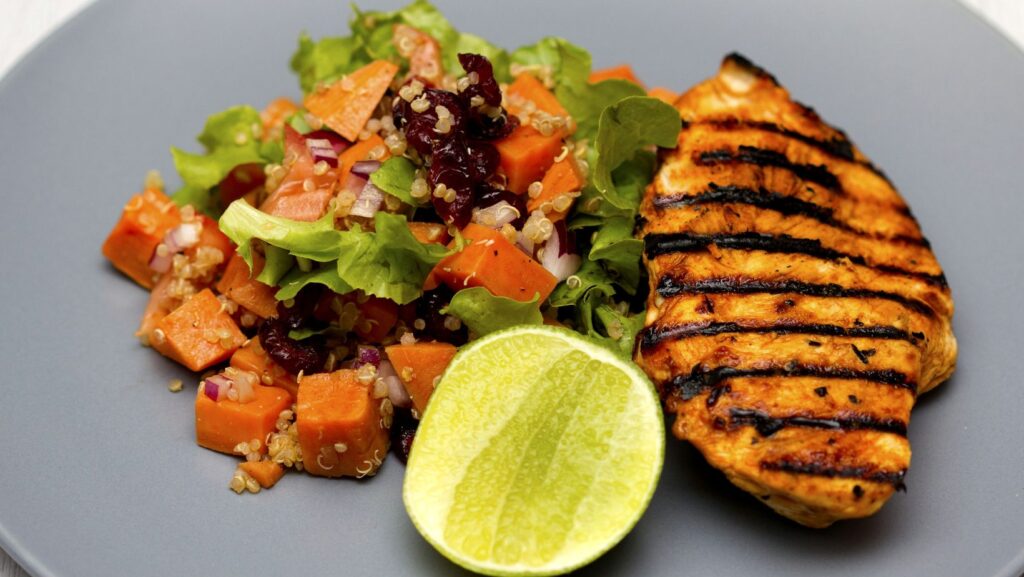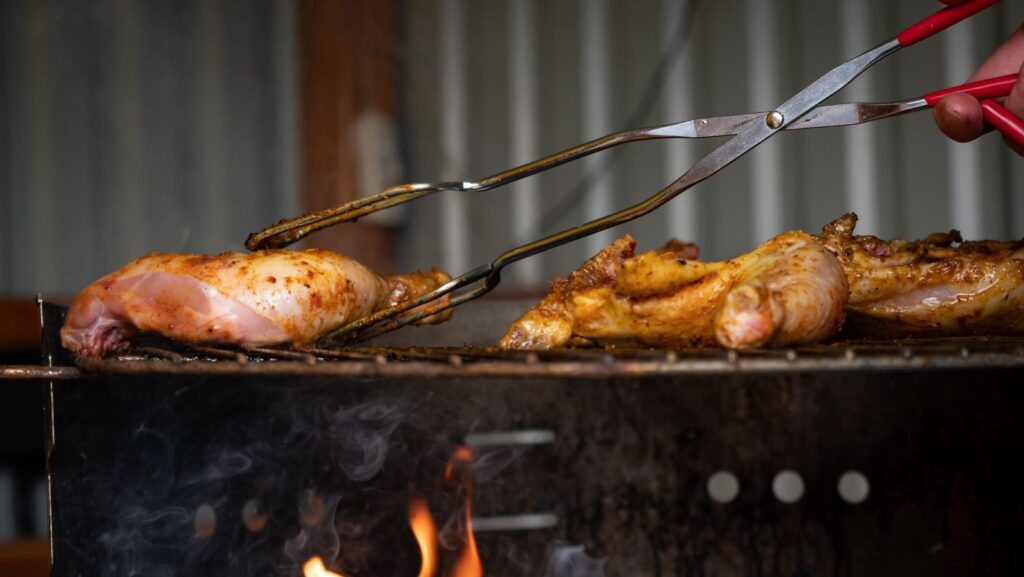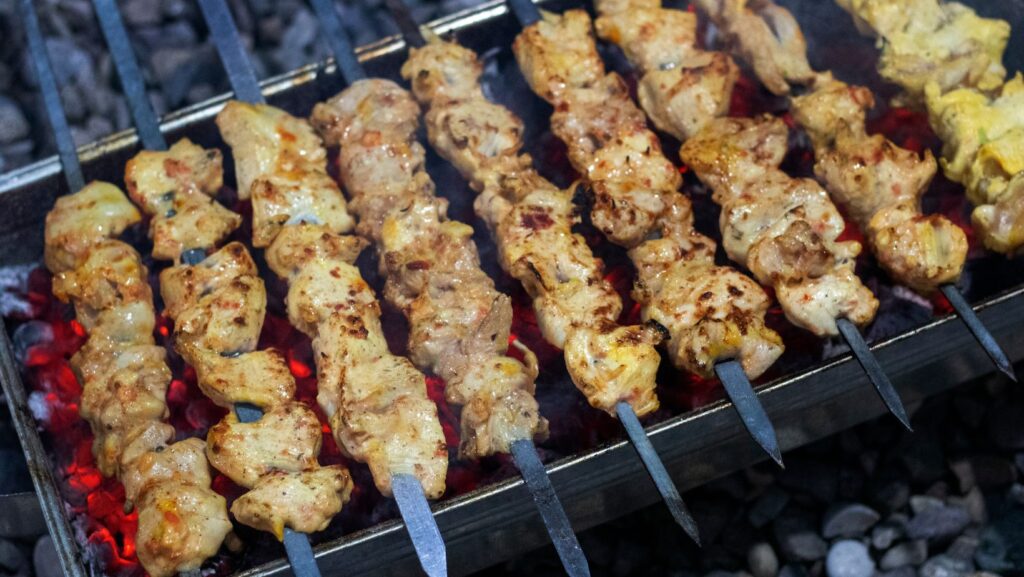Cooking Steak Tips in Oven

Steak aficionados, rejoice! We’re turning up the heat and taking our culinary journey straight to the oven. This article will be your roadmap to achieving that perfect, juicy steak without even stepping outside to fire up the grill.
Cooking steak tips in the oven might seem daunting to some. But don’t sweat it! With the right guidance, you’ll be mastering this technique in no time. From choosing the right cut to the ideal oven temperature, we’ve got you covered.
So, get ready to impress your guests and satisfy your carnivorous cravings! Let’s dive into the delicious world of oven-cooked steak tips.
Choosing the Right Steak for Oven Cooking
Steak selection significantly influences the success of oven cooking. A perfect steak in the oven starts with a choice of the right cut and meat grade. Understanding meat grades and identifying the best cuts tailored for oven baking are critical elements of this process.
Understanding Meat Grades

Meat grades, government certified labels, indicate quality. They denote the flavor, tenderness, juiciness, and overall eating experience of beef. Three primary grades exist: prime, choice, and select.
- Prime grade represents the highest quality beef, known for its abundant marbling—deposits of intra-muscular fat. Examples specify ribeye and T-bone steaks. Only 2% of all beef falls into this category.
- Choice grade beef offers high-quality but with less marbling than Prime. Typical instances feature cuts like sirloin and top round. Roughly half of all beef belongs to this grade.
- Select grade represents a leaner beef type, containing the least amount of marbling. It’s typically tougher and less juicy, signified by cuts such as Eye of Round.
Best Cuts for Oven Baking
Several cuts of steak prove excellent for oven baking. Marbled steaks result in more flavorful and tender dishes.
- Ribeye: Rich in flavor due to its high marbling content, Ribeye turns out juicy and tender when oven baked.
- T-Bone: This cut bolsters a hearty flavor, especially suitable for oven cooking due to its bone that circulates heat.
- Filet Mignon: A lean yet tender cut, Filet Mignon yields a mild flavor and beautiful texture when oven-cooked.
- New York Strip: Balanced in fat ratio, the New York Strip makes a wonderful oven-baked steak with its rich taste.
The steak choice forms the cornerstone for oven cooking success. Knowing meat grades and picking the fitting cuts for oven use can ease the process and guarantee superbly baked steaks.
Preparing Your Steak for the Oven
Once the correct cut and meat grade get chosen, the steak needs careful preparation before hitting the oven. This preparation assists in tenderizing the meat while maximizing flavor.
Seasoning for Flavor Enhancement

Proper seasoning presents a critical part in steak preparation. It enhances the steak’s natural flavors and accentuates its meaty juiciness. For a basic seasoning blend, salt (1/2 teaspoon per pound of steak) and black pepper (1/4 teaspoon per pound) make a stellar starting point. Adding herbs such as thyme or rosemary, spices like garlic powder or paprika, or even a bit of brown sugar can enhance the steak’s flavor profiles, offering a a mix of savory, spicy, and sweet nuances. Remember, apply the seasoning blend liberally on all the steak’s sides. Revolutionary tip: Don’t rush the seasoning process, allowing the salt to deeply penetrate the steak’s texture for at least 40 minutes enhances its meaty flavor.
Importance of Bringing Steak to Room Temperature
Second to seasoning, bringing the steak to room temperature proves crucial to achieving a delectably cooked steak. Why does it matter? Cooking a cold steak directly from the refrigerator can lead to uneven cooking with the outside overcooking while the inside remains undercooked. To avoid this, take the steak out and let it rest at room temperature for approximately 20-30 minutes before cooking. This step ensures that the steak cooks evenly across the grill, yielding a steak that’s cooked to perfection from edge to edge.

